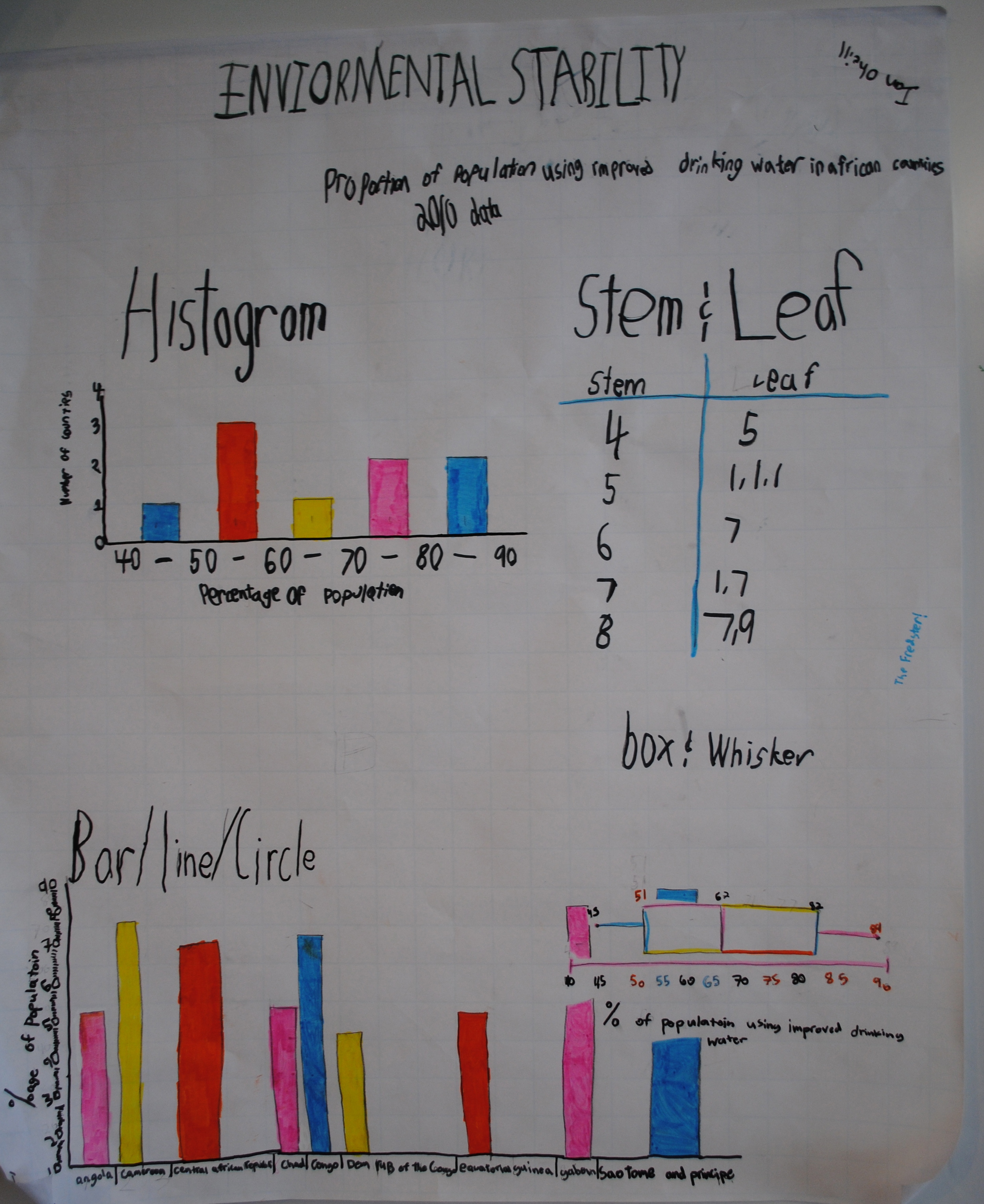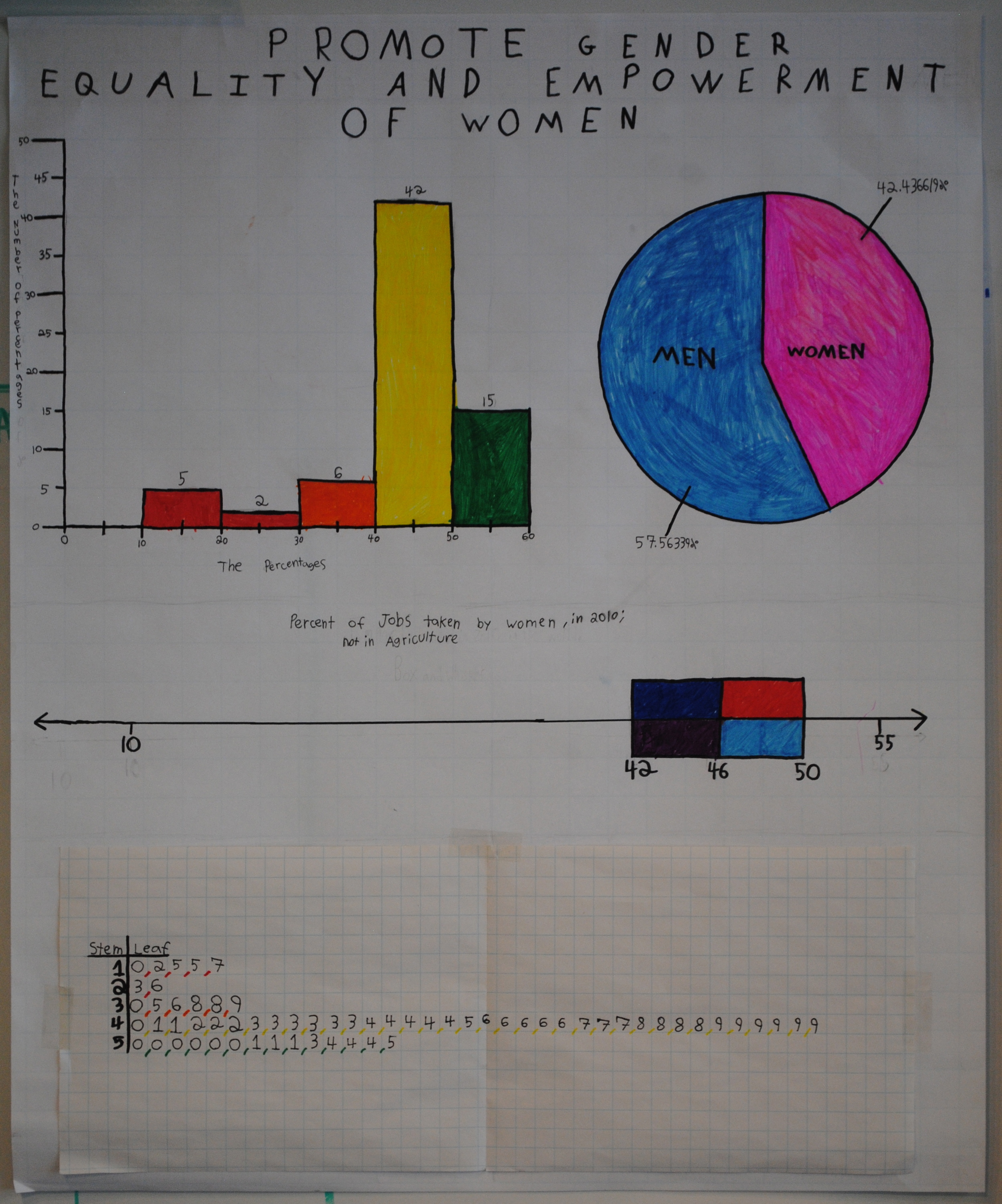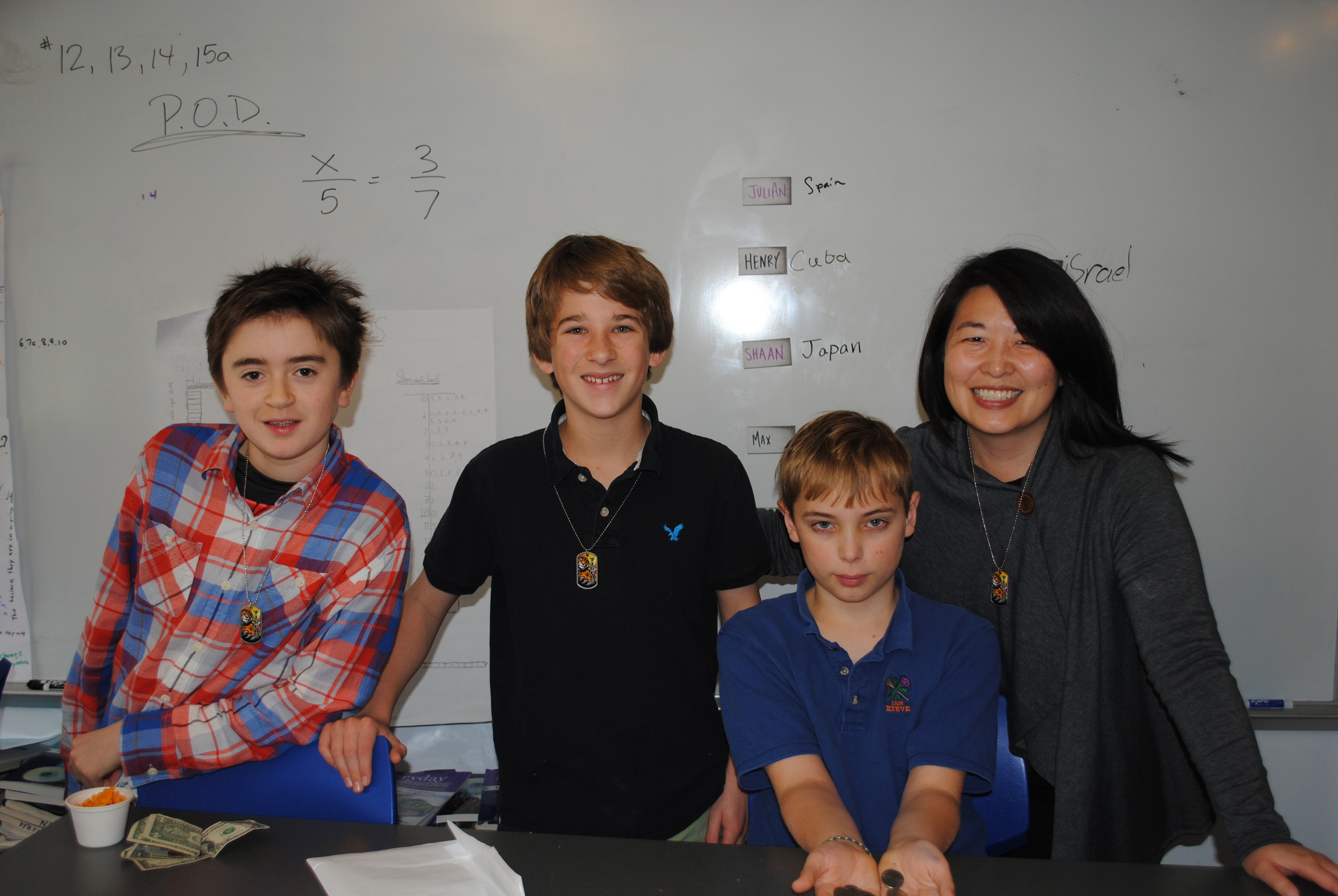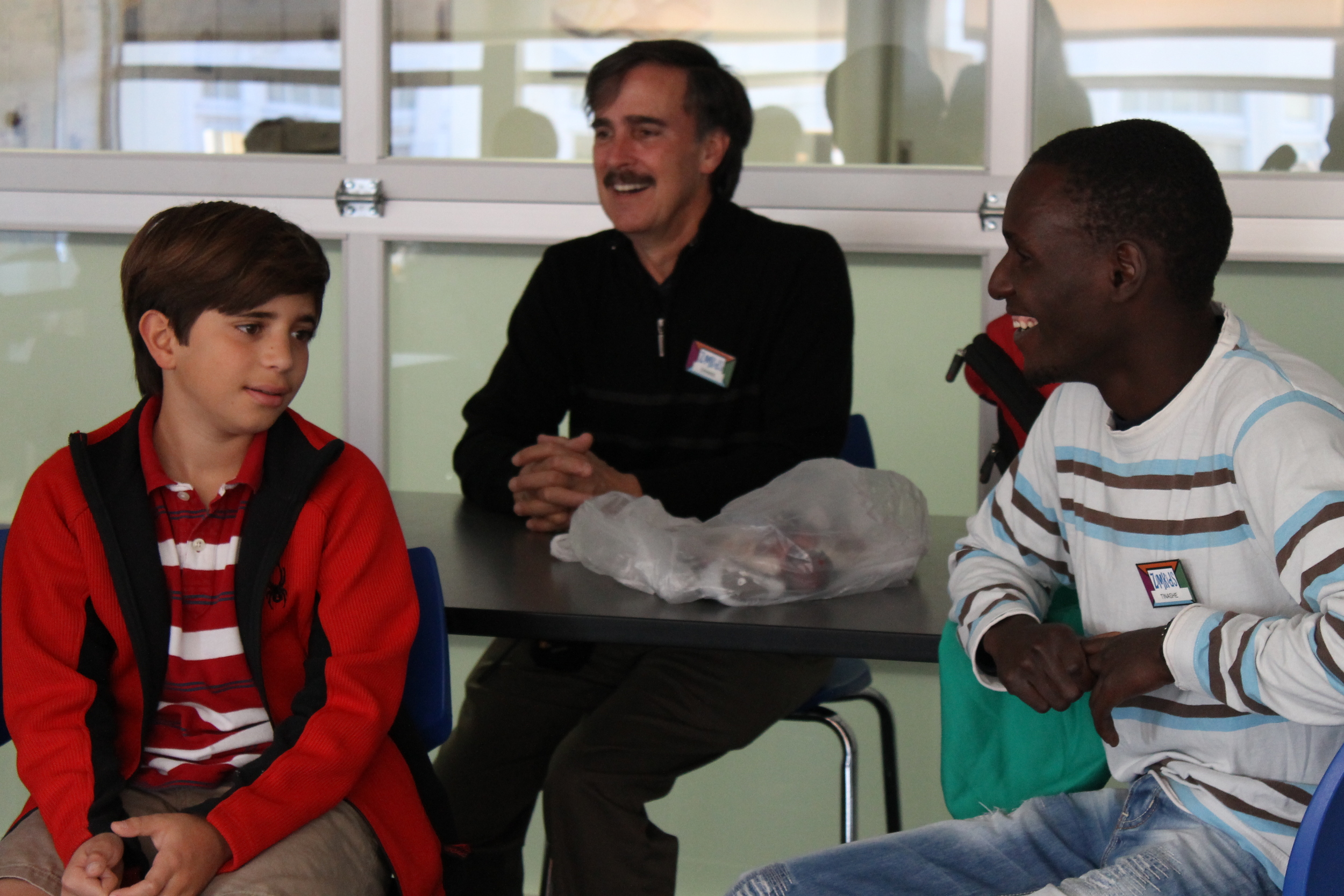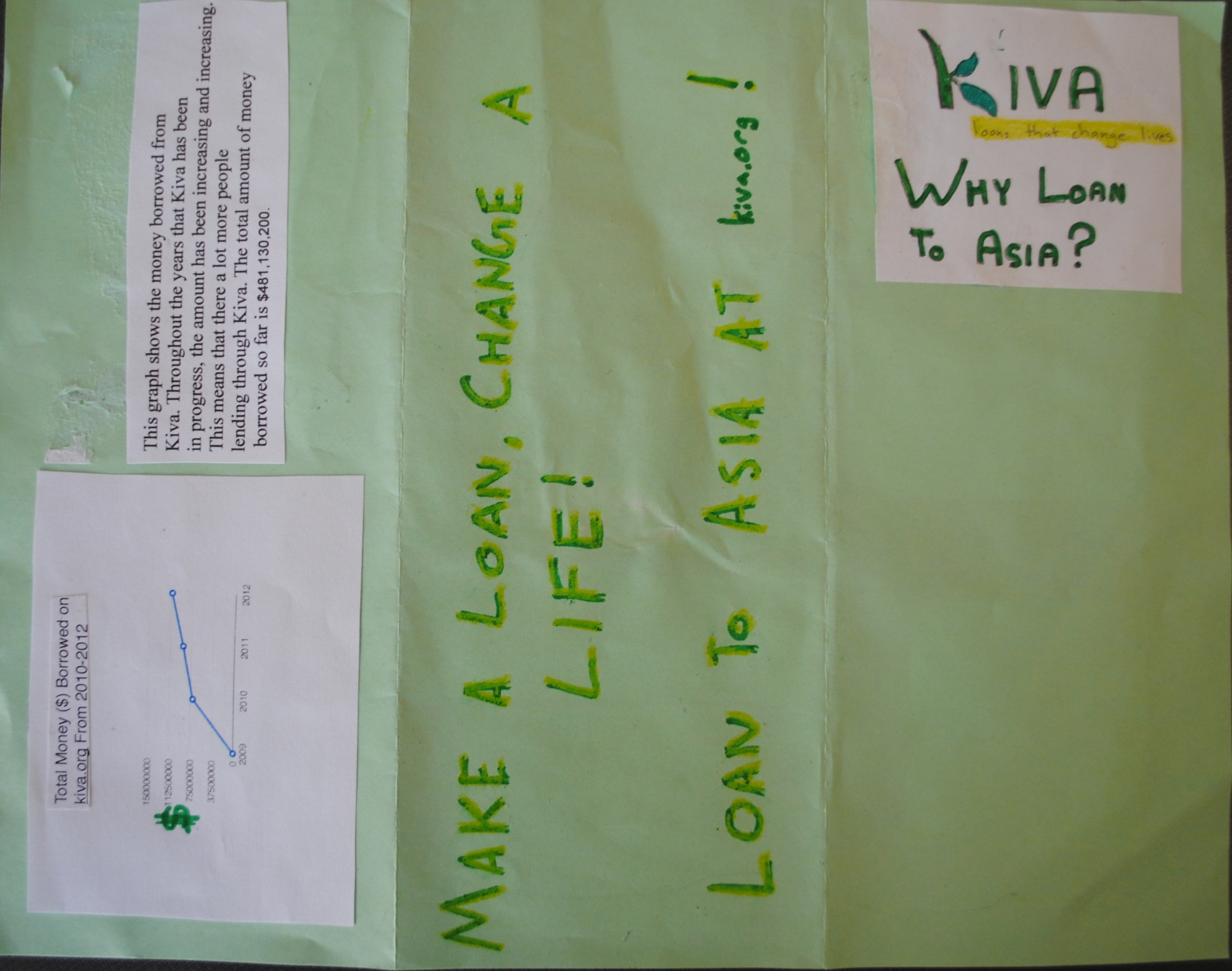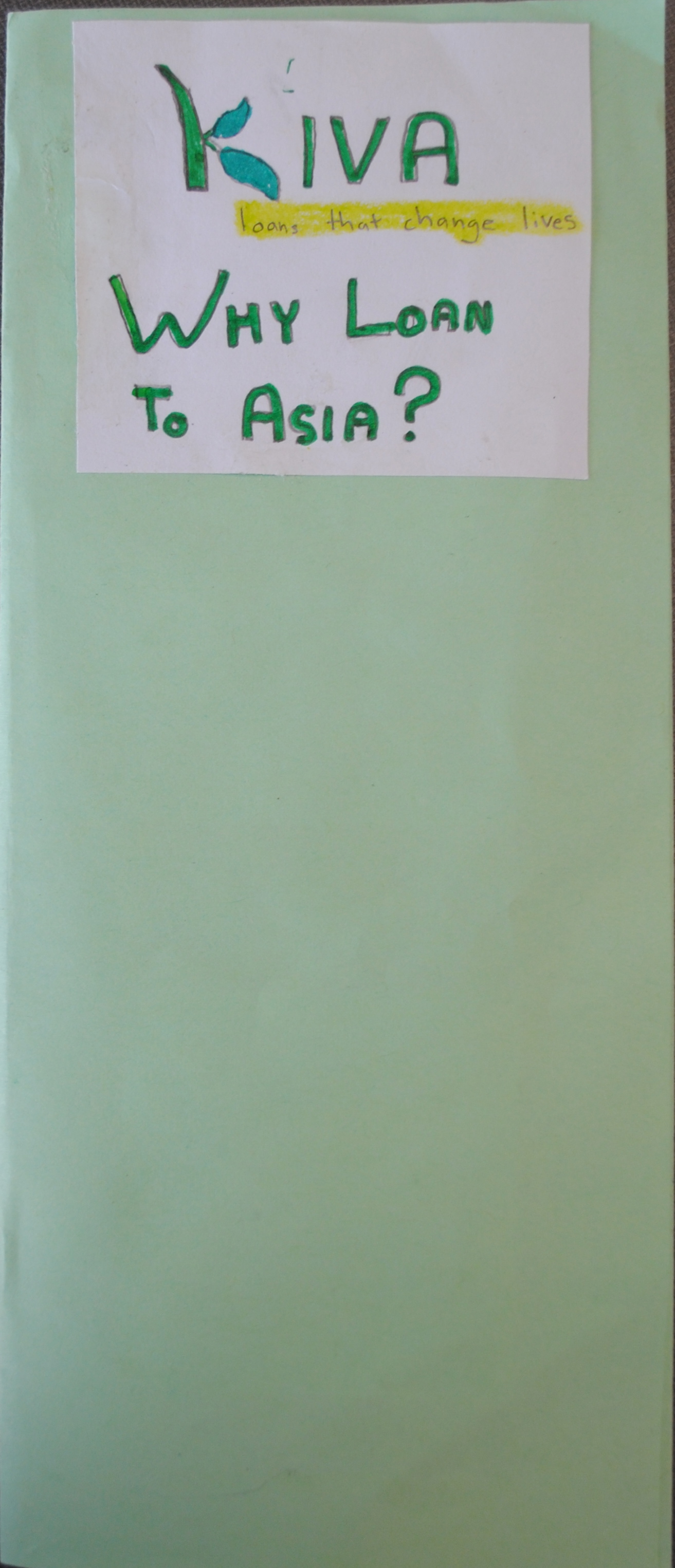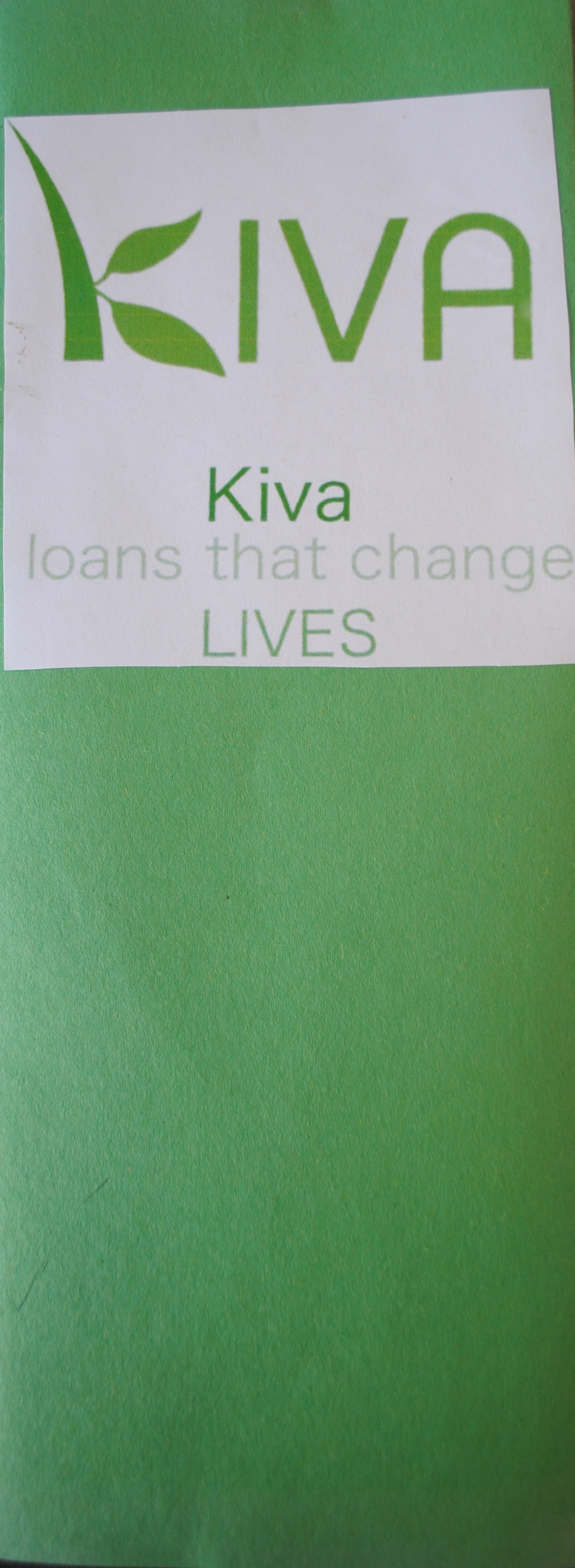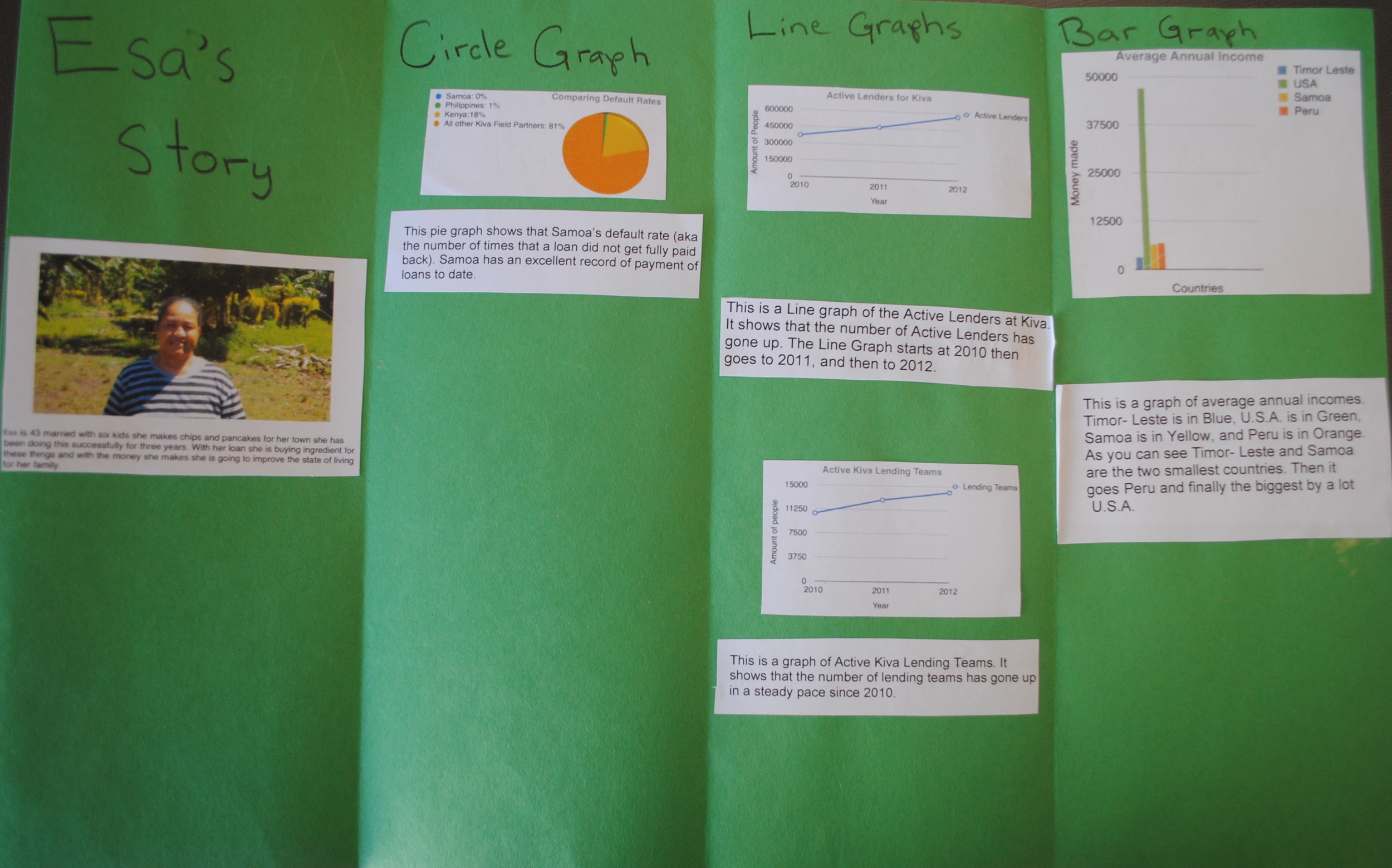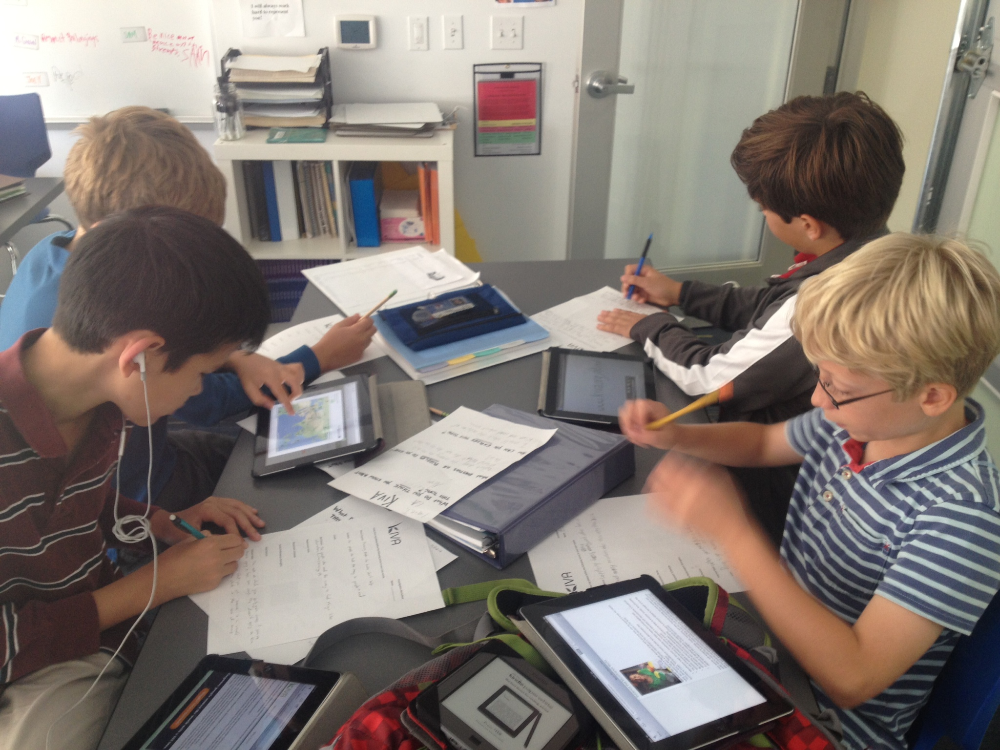As mentioned before, running the same PBL has it's ups and downs. BUT it's weeks like this that I start to see empathy develop in the boys and I recognize that while I know what's coming on the day to day (mostly), they don't. And therefore I continue to be energized by the development of these boys throughout the process as I watch them turn big corners into becoming more globally aware, empathetic citizens. And helk, they still surprise me too!
What am I talking about?
On November 20th, Micro Finance Macro Results, Town School's online young entrepreneur funding page went live to the Town School faculty and staff. The boys were pumped, refreshing the page every minute to watch the support flow in. Comment after comment, the boys started adding up their loans. 10%, 20%... then a lull... then another outpouring of support and so on...
Novelty Toys, the group asking for the smallest loan was first to get funded. Having asked for only $30, this was the natural result. They were ecstatic, and wanting to start ordering immediately. But where was the money? Perhaps it's in the field partners system, but has it made it to the garage? What about the other groups? When will they be fully funded?
Anxiety, Excitement, Lessons ABOUND! As Tom Petty sang,
"The waiting is the hardest part
Every day you get one more yard
You take it on faith, you take it to the heart
The waiting is the hardest part "
So what lessons/conversations have we had over the course of the last two weeks? Read their responses from edmodo and where we took conversations in class. This is the fun part!
What does it feel like to be waiting for your loans?
Tom: I am exited because it is awesome when you check and you see you have more money.
Matthew: It's sort of frustrating, because you start to feel like you will never get funded.
Pierce: It's extremely suspenseful while waiting for your loan to be fully funded. You know that it's going to be funded and that it just takes time, but it still feels like forever and you get nervous. But at the same time, you're excited. It goes both ways.
Connor: I agree with matthew, That it is hard to wait when your progress is so slow and you feel like you will never get to the end.
Shaan: I'm nervous because I can't stop thinking about what will happen if we don't get full funded.
After reading what the boys had to say on Edmodo, I asked the boys to think about what it may feel like if they were Maria or Gary (the folks we lent to) or any other borrower on Kiva for that matter. They thought about their own excitement and anxiety and translated it to how different it would be if they NEEDED the loan and if the loan would actually be "life changing".
Why doesn't each teacher give everyone the same loan or even a loan?
Curtis: I am excited as we get faster to getting fully funded. I wonder what goes through the lenders head before they give money and if they give more to one group I wonder why.
The boys often "complain" or talk in class about how faculty and staff give different amounts to each group. They also wonder why some teachers only give to one group. I love my faculty and staff for spicing it up in this way. It allows for conversations on intentional lending and leads the way to great conversations in the future when they start making profits to lend for themselves. Can we afford to lend to everyone? Should we? What made us choose Gary/Maria? What do you think made a specific teacher chose you?
How does it feel to be fully funded but not have the money in your hands to start your work?
Juniad: I am very excited and I can't wait to be fully collected.
Sami: I am excited and also anxious to get the full funds so we can start ordering our products and also I want to be able to get our product out as soon as possible.
Due to the two campus split, getting the funds this year has been a little more complicated. Our lower school friends are 'lending" but it's harder to see the money as quickly. This is good for them. It also has led to great conversations about what it must "feel" like to know that your loan is funded but you are waiting for your bank/field partner to actually produce the funds. For me, I relate this to trying to buy a house. But for the boys waiting anxiously for funds to be delivered to the garage is doing the trick!



















